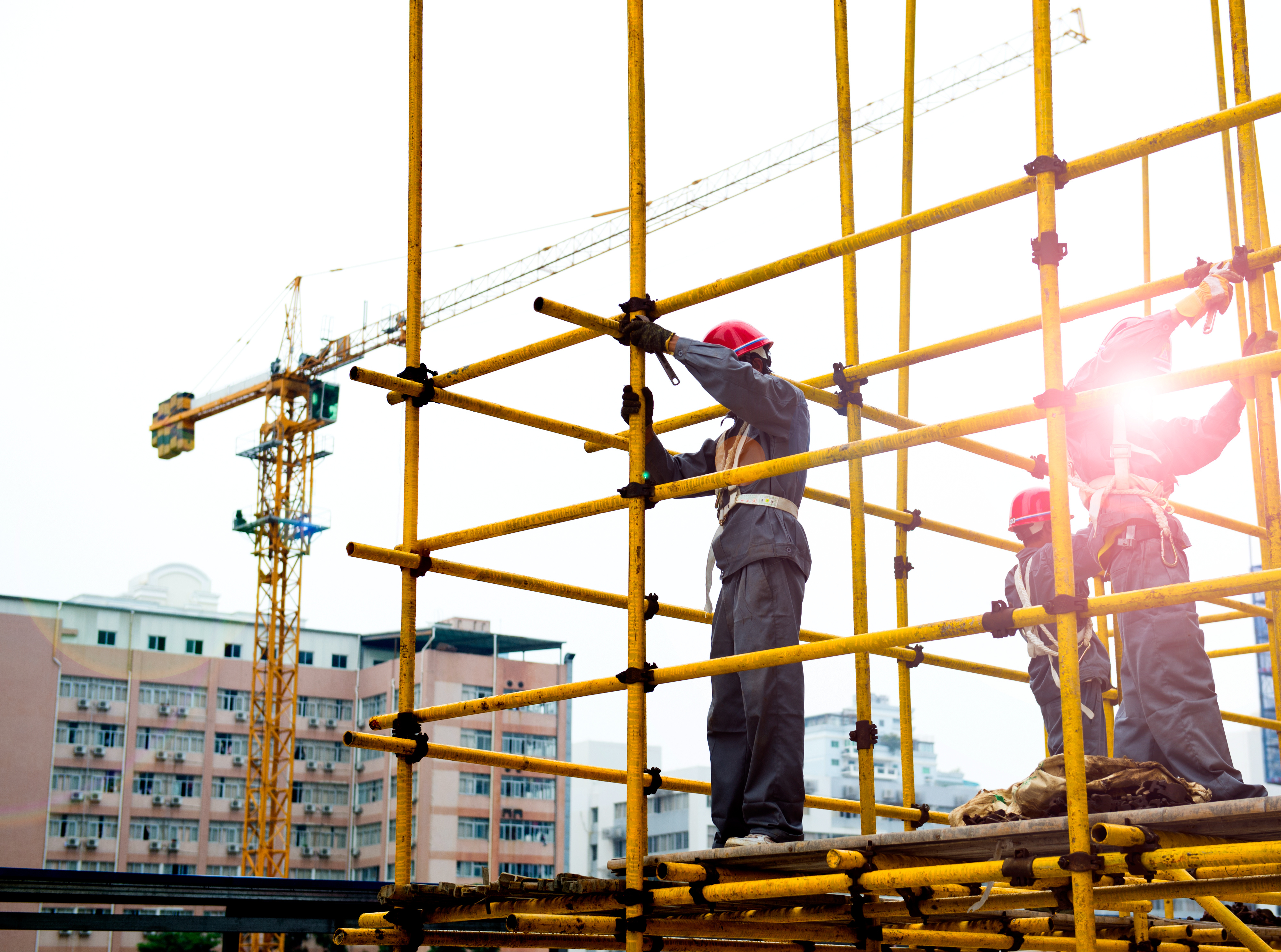
Scaffolding is an essential component of many construction and renovation projects, providing workers with safe and stable access to elevated areas. However, improper use or oversight in scaffolding setup can lead to serious accidents and injuries. Understanding 金屬鋁架 the common mistakes associated with scaffolding can help homeowners and contractors avoid potential hazards, ensuring a safer work environment. This article highlights these mistakes and offers guidance on how to mitigate risks effectively.
- Inadequate Training and Knowledge:
One of the most significant mistakes in scaffolding is failing to provide adequate training for those who will be using it. Many accidents occur due to a lack of understanding of how to properly assemble, inspect, and utilize scaffolding systems. Homeowners and workers must be familiar with the specific type of scaffolding they are using, including its weight limits, safety features, and assembly guidelines. Investing time in proper training, whether through formal courses or on-site guidance, is essential for reducing the risk of accidents and ensuring that everyone involved is knowledgeable about safe practices. - Poor Inspection Practices:
Regular inspections are crucial to maintaining scaffolding safety, yet many overlook this critical step. Before using scaffolding, it should be thoroughly inspected for any signs of wear, damage, or instability. Failing to identify issues such as rust, loose connections, or bent components can lead to catastrophic failures while working at heights. A checklist for scaffolding inspections should include checking the structural integrity, ensuring all components are secure, and verifying that the ground underneath is stable. Implementing a routine inspection schedule can help catch problems before they escalate and maintain a safe work environment. - Overloading the Scaffolding:
Another common mistake is exceeding the weight capacity of the scaffolding. Each scaffolding system has a specific load limit that must not be exceeded, including the combined weight of workers, tools, and materials. Overloading can compromise the structural integrity of the scaffolding, increasing the risk of collapse. Homeowners and contractors must carefully calculate the total weight to ensure they remain within safe limits. It is advisable to err on the side of caution by underestimating the capacity, which can help prevent potential accidents and injuries. - Improper Setup and Configuration:
The way scaffolding is set up significantly impacts its stability and safety. Many accidents occur due to incorrect assembly or failure to secure scaffolding properly. Common mistakes include neglecting to use base plates or mud sills, which help distribute weight and prevent sinking into the ground, or not securing braces and guardrails adequately. Always follow the manufacturer’s guidelines and ensure that scaffolding is erected on solid, level ground. Additionally, it’s essential to check that all components are installed according to the specifications to maintain structural integrity. - Lack of Fall Protection Measures:
Falls are among the leading causes of injuries in the construction industry, and scaffolding is no exception. Many workers are injured or killed due to a lack of appropriate fall protection measures. Installing guardrails, toe boards, and personal fall arrest systems is critical for safeguarding workers while they are on scaffolding. Homeowners and contractors should not only provide these safety features but also ensure that workers are trained on their proper use. Conducting regular safety meetings to reinforce fall protection protocols can further reduce the risk of accidents. - Ignoring Environmental Factors:
Environmental conditions play a significant role in scaffolding safety, yet many overlook their impact. Factors such as wind, rain, and icy conditions can greatly affect the stability and safety of scaffolding. Strong winds can cause scaffolding to sway or topple, while wet surfaces can lead to slips and falls. It is essential to monitor weather conditions and adjust scaffolding usage accordingly. If adverse weather is present, consider halting work or taking additional precautions, such as securing scaffolding or removing materials that could pose a hazard in windy conditions.
Conclusion
By recognizing and avoiding these common scaffolding mistakes, homeowners and contractors can significantly enhance safety on construction sites. Adequate training, regular inspections, adherence to weight limits, proper setup, effective fall protection measures, and an awareness of environmental conditions are crucial components of scaffolding safety. Ultimately, investing the time and effort to implement these best practices will not only protect workers but also lead to more efficient and successful project outcomes. A commitment to safety in scaffolding practices ensures that everyone can focus on completing their tasks without the looming threat of accidents.